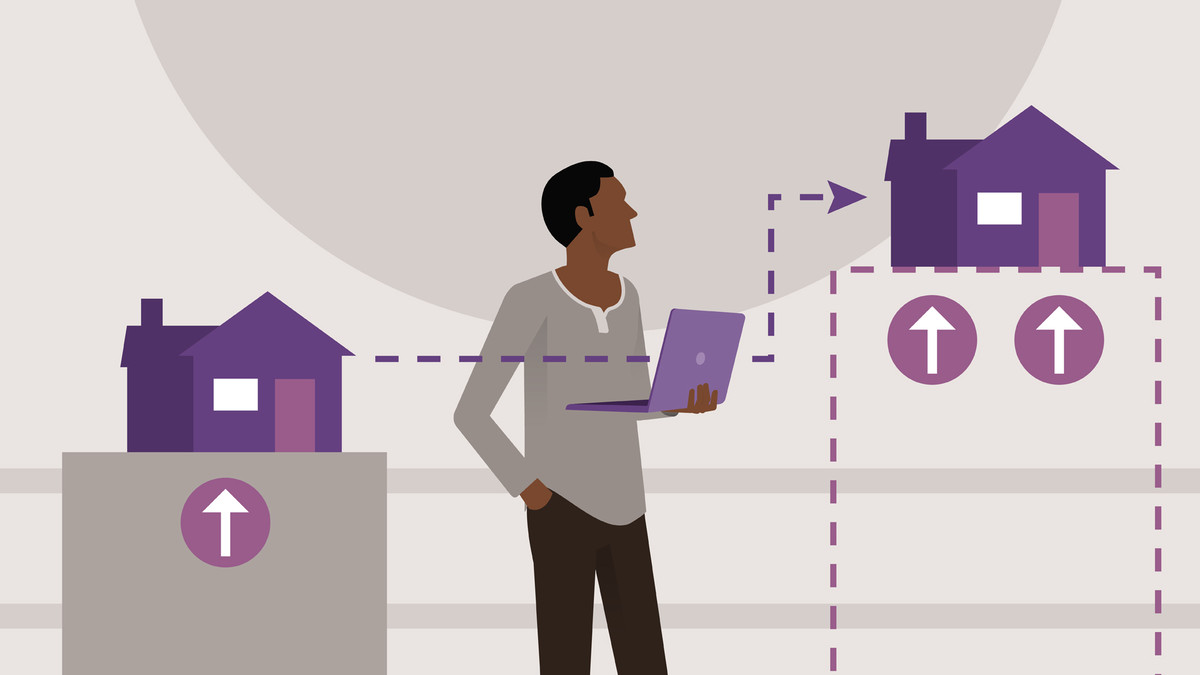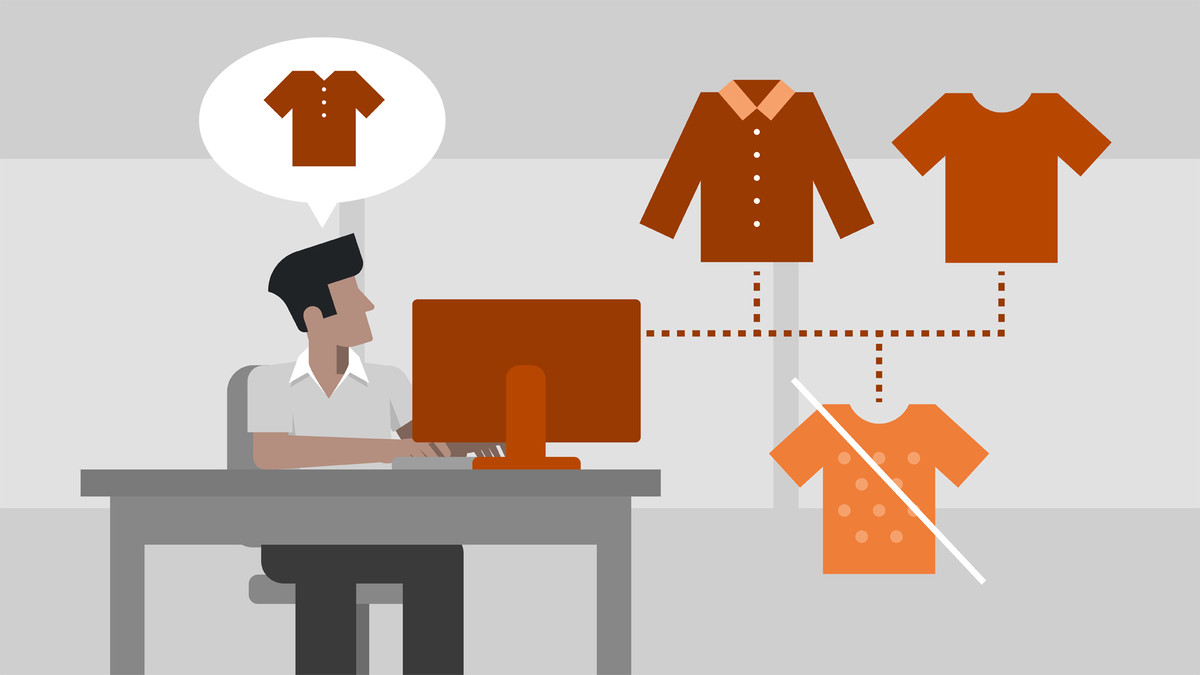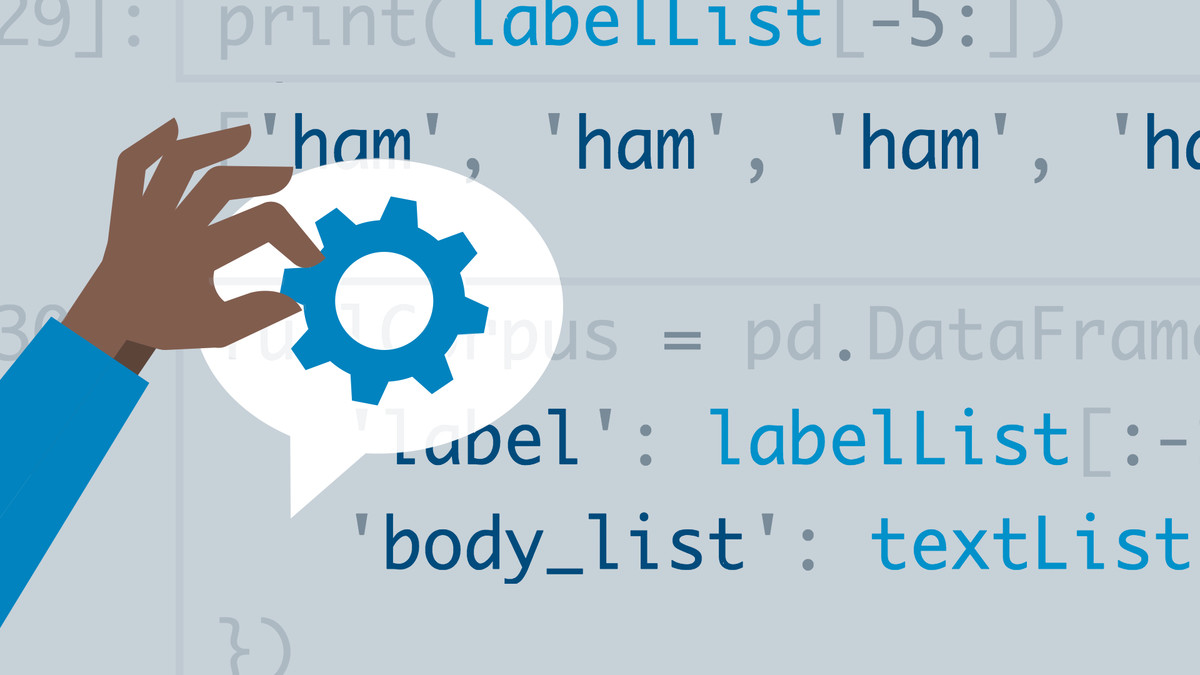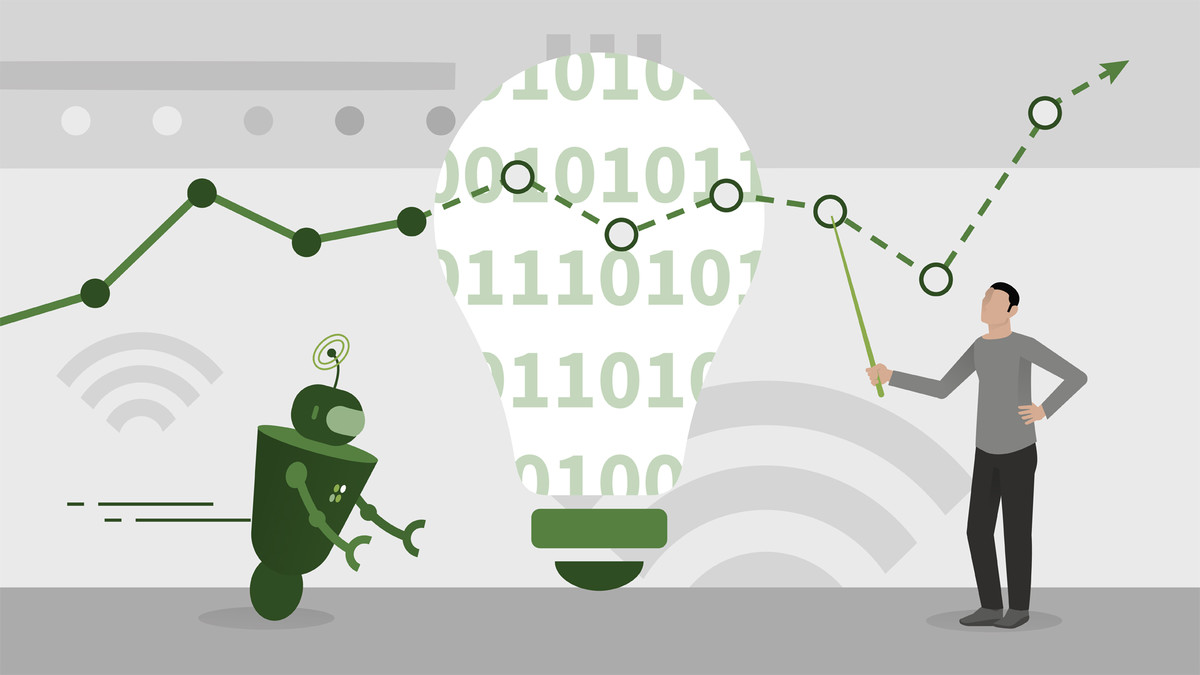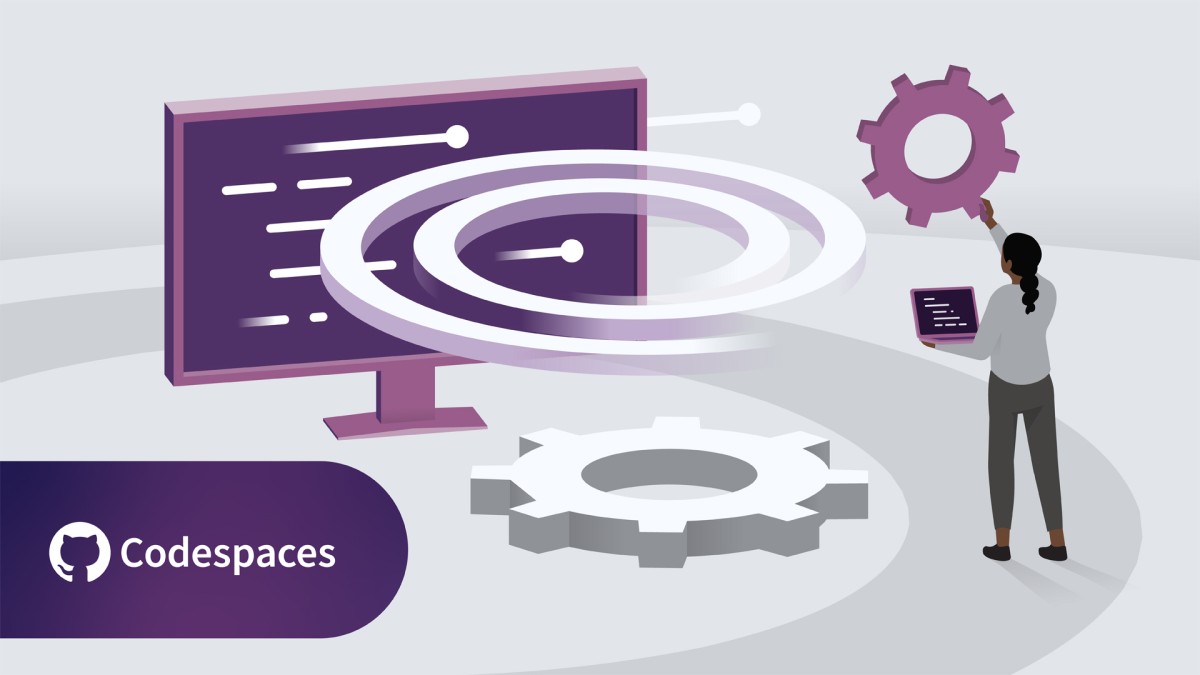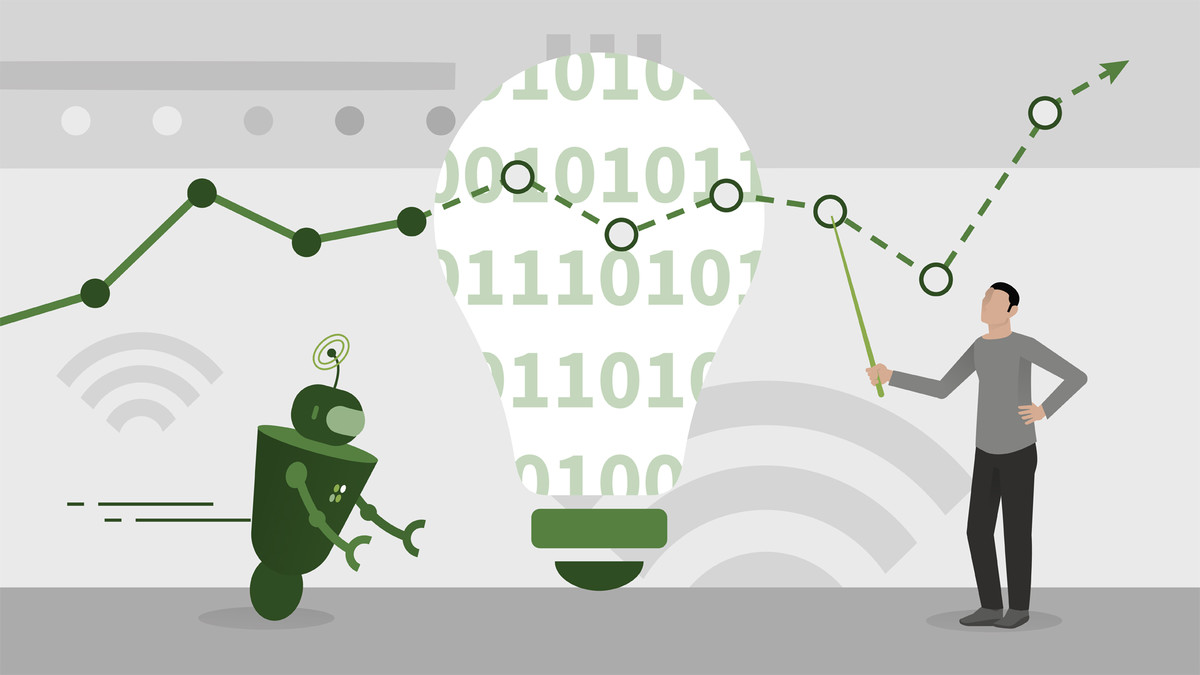1. Getting Started
Install Anaconda, review course materials, and create movie recommendations
()
Course roadmap
()
Understanding you through implicit and explicit ratings
()
Top-N recommender architecture
()
Review the basics of recommender systems
()
2. Introduction to Python
Data structures in Python
()
Functions in Python
()
Booleans, loops, and a hands-on challenge
()
3. Evaluating Recommender Systems
Train/test and cross-validation
()
Accuracy metrics (RMSE and MAE)
()
Top-N hit rate: Many ways
()
Coverage, diversity, and novelty
()
Churn, responsiveness, and A/B tests
()
Review ways to measure your recommender
()
Walkthrough of RecommenderMetrics.py
()
Walkthrough of TestMetrics.py
()
Measure the performance of SVD recommendations
()
4. A Recommender Engine Framework
Review the results of our algorithm evaluation
()
Our recommender engine architecture
()
Recommender engine walkthrough, part 1
()
Recommender engine walkthrough, part 2
()
5. Content-Based Filtering
Content-based recommendations and the cosine similarity metric
()
K-nearest neighbors (KNN) and content recs
()
Producing and evaluating content-based movie recommendations
()
Bleeding edge alert: Mise-en-scene recommendations
()
Dive deeper into content-based recommendations
()
6. Neighborhood-Based Collaborative Filtering
Running user- and item-based KNN on MovieLens
()
Measuring similarity and sparsity
()
Similarity metrics
()
User-based collaborative filtering
()
User-based collaborative filtering: Hands-on
()
Item-based collaborative filtering
()
Item-based collaborative filtering: Hands-on
()
Tuning collaborative filtering algorithms
()
Evaluating collaborative filtering systems offline
()
Measure the hit rate of item-based collaborative filtering
()
KNN recommenders
()
Experiment with different KNN parameters
()
Bleeding edge alert: Translation-based recommendations
()
7. Matrix Factorization Methods
Principal component analysis (PCA)
()
Singular value decomposition (SVD)
()
Running SVD and SVD++ on MovieLens
()
Improving on SVD
()
Tune the hyperparameters on SVD
()
Bleeding edge alert: Sparse linear methods (SLIM)
()
8. Introduction to Deep Learning
Deep learning introduction
()
Deep learning prerequisites
()
History of artificial neural networks
()
Playing with TensorFlow
()
Training neural networks
()
Tuning neural networks
()
Introduction to TensorFlow
()
Handwriting recognition with TensorFlow, part 1
()
Handwriting recognition with TensorFlow, part 2
()
Introduction to Keras
()
Handwriting recognition with Keras
()
Classifier patterns with Keras
()
Predict political parties of politicians with Keras
()
Intro to convolutional neural networks (CNNs)
()
CNN architectures
()
Handwriting recognition with CNNs
()
Intro to recurrent neural networks (RNNs)
()
Training recurrent neural networks
()
Sentiment analysis of movie reviews using RNNs and Keras
()
9. Deep Learning for Recommender Systems
Evaluating the RBM recommender
()
Intro to deep learning for recommenders
()
Restricted Boltzmann machines (RBMs)
()
Recommendations with RBMs, part 1
()
Recommendations with RBMs, part 2
()
Tuning restricted Boltzmann machines
()
Exercise results: Tuning a RBM recommender
()
Auto-encoders for recommendations: Deep learning for recs
()
Recommendations with deep neural networks
()
Clickstream recommendations with RNNs
()
Get GRU4Rec working on your desktop
()
Exercise results: GRU4Rec in action
()
Bleeding edge alert: Deep factorization machines
()
More emerging tech to watch
()
10. Scaling It Up
Introduction and installation of Apache Spark
()
Apache Spark architecture
()
Movie recommendations with Spark, matrix factorization, and ALS
()
Recommendations from 20 million ratings with Spark
()
Amazon DSSTNE
()
DSSTNE in action
()
Scaling up DSSTNE
()
AWS SageMaker and factorization machines
()
SageMaker in action: Factorization machines on one million ratings, in the cloud
()
11. Real-World Challenges of Recommender Systems
The cold start problem (and solutions)
()
Implement random exploration
()
Exercise solution: Random exploration
()
Stoplists
()
Implement a stoplist
()
Exercise solution: Implement a stoplist
()
Filter bubbles, trust, and outliers
()
Identify and eliminate outlier users
()
Exercise solution: Outlier removal
()
Fraud, the perils of clickstream, and international concerns
()
Temporal effects and value-aware recommendations
()
12. Case Studies
Case study: YouTube, part 1
()
Case study: YouTube, part 2
()
Case study: Netflix, part 1
()
Case study: Netflix, part 2
()
13. Hybrid Approaches
Hybrid recommenders and exercise
()
Exercise solution: Hybrid recommenders
()
Conclusion
More to explore
()
